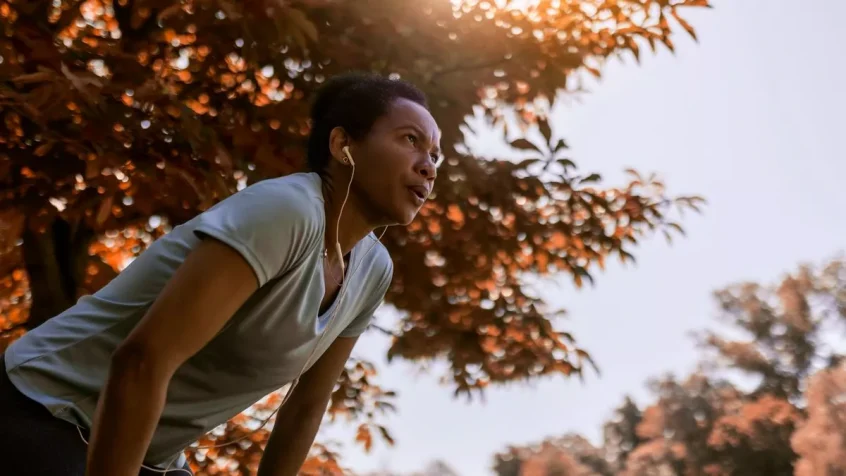Being short of breath during exercise has always been considered a sign of a heart or lung condition, or even a combination of both. But it turns out we’ve been focusing on the wrong thing.
Research from University of East Anglia suggests shortness of breath when you exercise could instead be a sign of a problem with your main artery, the aorta, which carries blood from the heart to the rest of the body.
The study reveals as we get older, blood flow through the aorta becomes less smooth and more turbulent. This affects exercise, which is why some people may get breathless during physical activities.
Lead researcher Professor Pankaj Garg from UEA’s Norwich Medical School said: “Shortness of breath is a normal symptom during intense exercise or exertion, particularly for people who are overweight or not usually very active.
“When patients present with symptoms of shortness of breath, doctors usually think of the heart or lungs. We wanted to find out whether there might be another cause.”
The team studied a group of 169 healthy people in a wide age range. Blood flow in the aorta was measured using MRI imaging techniques.
Prof Garg said: “Our study shows that the way blood flows through the aorta is connected to how efficiently our body uses energy when we exercise. If the blood flow in the aorta is smooth and steady, it helps us use our energy better while working out.
“We also found that as people grew older, the way blood flowed in their aorta became less effective and more turbulent – like a bumpy road.
“When the blood flow is not smooth, it can make our body less effective at using energy during exercise.
“This is the first time that an association of reduced exercise capacity with changes to blood flow in the aorta has been discovered.
“Our work reveals a new cause of shortness of breath during exercise, particularly where usual tests have failed to pick up a cause in the heart or lungs.”
Prof Garg added: “If you ever feel out of breath, it might be because of the way your blood is flowing in your aorta.
“If the flow is not right, it can make it harder for your body to get the oxygen it needs when you’re active.
“Studying this helps doctors understand how to keep our hearts and bodies healthy.
“We hope our discovery could lead to a better understanding of why some people experience difficulty breathing – and potentially open new avenues for diagnosis and treatment.”

